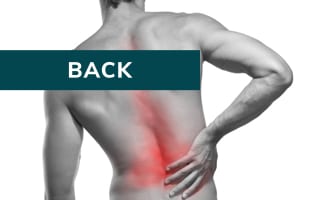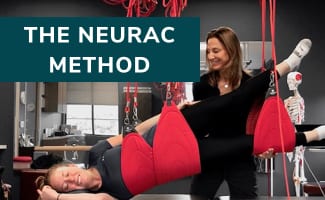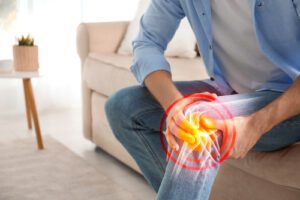A couple of months ago we discussed an overlooked source of back pain called the sacroiliac or SI joint dysfunction. There is an SI joint on the right and the left side of our body connecting the base of the spine or sacrum to the right and left ilium or pelvic bones which then connect to the right and left leg. Why is the anatomy of all this important?
The answer lies in the fact that the human body is not built like a building with a solid foundation at the base and all the floors stacked in symmetry above it. One look down at your funny little feet and you know the human body is a different sort of engineering. This magical design is called tensegrity – literally “tension integrity.” Think of hoisting a sail on a sailboat. You have multiple ropes pulling at different angles and everything is just nervously flapping in the wind until you provide the appropriate tension. These forces provide a beautiful balance between enough tension to give the sail form, yet enough flexibility to quickly switch orientation, tack, catch the wind, and change direction. Sounds a lot like walking, running, playing soccer or tennis doesn’t it?
The SI joints form the foundation of your spine and transfer significant forces between your legs and upper body. Virtually every motion whether standing, sitting, walking, or playing sports requires dynamic stability through this supportive system. The SI joints are stabilized by a tapestry of strong ligaments critical to the translation of forces, and if we were static buildings that is all we would need for a happy system. Yet human motion requires a multitude of muscles throughout our body pulling in the correct timing and with the proper force to produce tension integrity. When you look at the complexity of the musculoskeletal system, a simple jog across the street is an amazing feat.
SI joint dysfunction and pain is often a combination of instability and imbalance. One set of muscles can be too tight placing another set of muscles at an angle in which they cannot effectively contract. One set of muscles in the upper part of the body can be doing too much, rendering an important muscle in the pelvis to be inhibited and doing too little. Because we function in kinetic chains of motion interdependent on one another, much like the ropes on a sail, simply releasing a tight muscle or trying to strengthen a weak one rarely addresses the entire issue.
A multifaceted approach using techniques to release muscles doing too much followed by strategies to address balancing asymmetries by turning on the muscles doing too little and building proper movement patterns in closed kinetic chain exercises in order to integrate motion and stability across pelvis and SI joint often proves most effective. This release, balance, build approach to optimize neuromuscular control coupled with regenerative medicine when the ligaments require additional stabilization is a winning combination for this complex and often over-looked source of back pain.




































